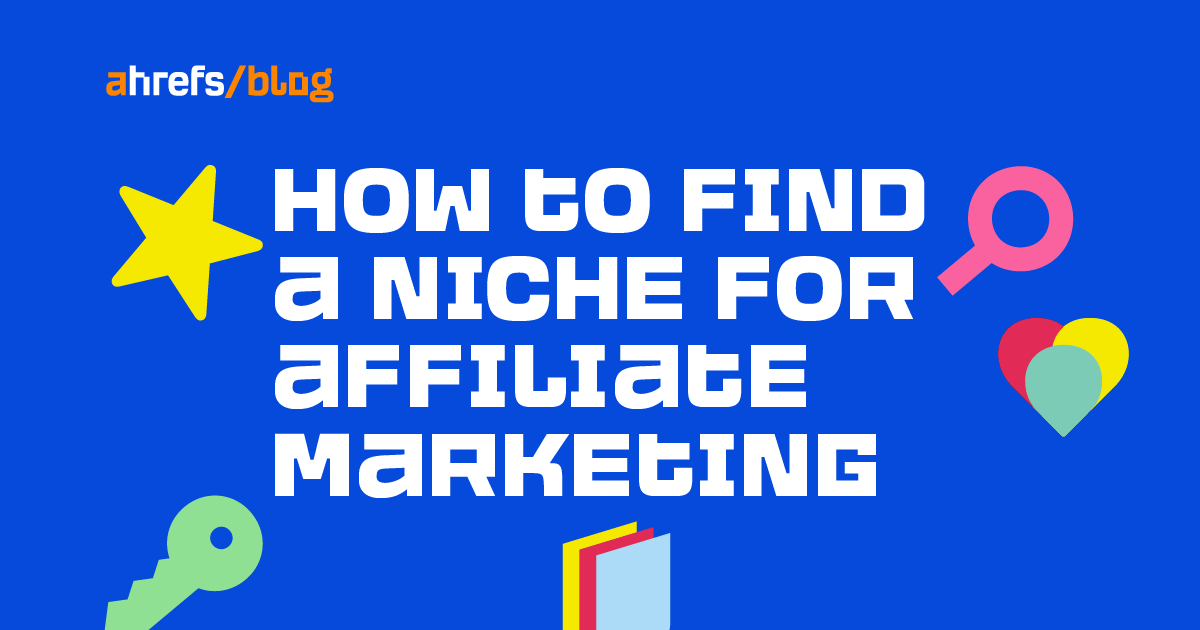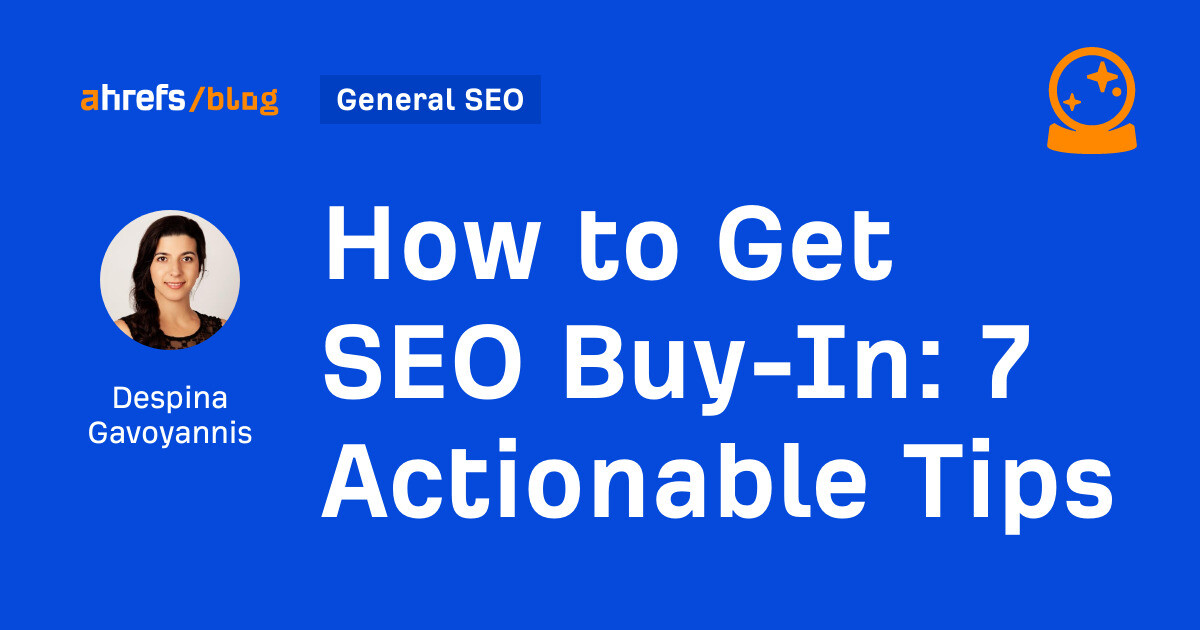Google’s Spam Explainer was updated to reflect the new realities introduced by the March 2024 Core Algorithm Update. The following is everything that was removed and added and what it means what the implications are for the core algorithm update.
March 2024 Core Algorithm Update
Google’s core algorithm update is without question one of the big ones, the changes to the core ranking algorithm and other systems are profound.
The change to the Reviews system from a semi-monthly update to a continuous update was the first indication that something significant was happening behind the scenes because in my experience. That kind of change is usually preceded by an update to Google’s underlying infrastructure, either at the software or hardware level or both simultaneously (as seen with Google’s Hummingbird update which enabled more powerful capabilities).
Updates to Google’s Spam Explainer document reveal key insights about what is going on behind the scenes with this month’s ongoing update, much of which focuses on links.
1. Google Deemphasizes Links
At least year’s Pubcon Austin 2023, Google’s Gary Illyes remarked that links aren’t even in the top 3 of important ranking signals.
A single edit to the spam documentation appears to confirm Illyes statement because the documentation literally deemphasizes links.
Previous documentation:
“Google uses links as an important factor in determining the relevancy of web pages.”
New documentation:
“Google uses links as a factor in determining the relevancy of web pages.”
The removal of the word “important” could normally be conservatively be viewed as ambiguous. But it’s hard to be conservative when contrasted with Illyes’ statement about links. In my opinion there’s a purpose to the removal of the word “important” and that purpose is to deemphasize the role of links.
2. Content Created For Link Manipulation
There is a second link related addition to the guidelines. This new factor relates to creating content for the purpose of manipulative links. This is communicated in a new sentence added to a list of examples of manipulative links.
This is the description of the new Content and Links signal:
“Creating low-value content primarily for the purposes of manipulating linking and ranking signals.”
That’s kind of ambiguous, but it does sound like it’s aimed at a form of paid links where a network of sites is created for the purpose of pointing links from contextually relevant pages. This is a very old practice that those who are new to SEO call Private Blog Networks (PBNs).
3. New Signal Related To Outgoing Links
Another new signal is focused on manipulative outgoing links. Google has always penalized sites that sell (outgoing) links. But this may be the first time Google expressly mentions outgoing links as something their algorithm is examining.
This is what the new sentences say:
“Any links that are intended to manipulate rankings in Google Search results may be considered link spam. This includes any behavior that manipulates links to your site or outgoing links from your site.”
4. New Expired Domains Signal
Some may conclude from today’s announcement that Google is cracking down on expired domains. That interpretation is not entirely accurate.
What’s really happening is that Google is introducing a new signal related to how domains are used, which specifically scans for changes from how a domain was previously used to a new purpose.
Google uses the word “repurpose” to describe the signal:
“Expired domain abuse is where an expired domain name is purchased and repurposed primarily to manipulate search rankings by hosting content that provides little to no value to users.”
Google’s updated guidelines list the following examples of some of what the new signal is looking for:
“Affiliate content on a site previously used by a government agency
Commercial medical products being sold on a site previously used by a non-profit medical charity
Casino-related content on a former elementary school site”
The guidelines say that the above list are examples and that what the signal is looking for is not limited to what’s in the above example. The confirmed takeaway is that Google’s expired domain signal is examining how the purpose of the new site built on an expired domain differs from the old purpose.
This doesn’t necessarily mean that keeping the content similar is enough to fly under the signal because the signal is looking at the purpose, such as going from a non-affiliate purpose to an affiliate purpose.
Why Changes Are Described Ambiguously
Those are the four additions to Google’s spam explainer page that specifically target link signals. Some of the changes may seem ambiguous in order to provide the general contours of the new link signals without precisely saying what those changes are, which is understandable.
I have 25 years hands-on experience as an SEO experiencing and analyzing search engine updates and in my opinion it would be a mistake to use the ambiguity in how Google describes the signals to deny that a change occurred. I expect that those who have a financial stake in maintaining the status quo will deny the changes because that’s what they tend to do. It’s up to you to decide for yourself.
There are more changes to the spam document but these are the changes that relate specifically to link signals in Google’s updated core ranking algorithm.
Before making any changes in response to the algorithm it may be useful to consider that the March 2024 Core Algorithm Update will take a month to fully roll out.
Read Google’s updated documentation:



